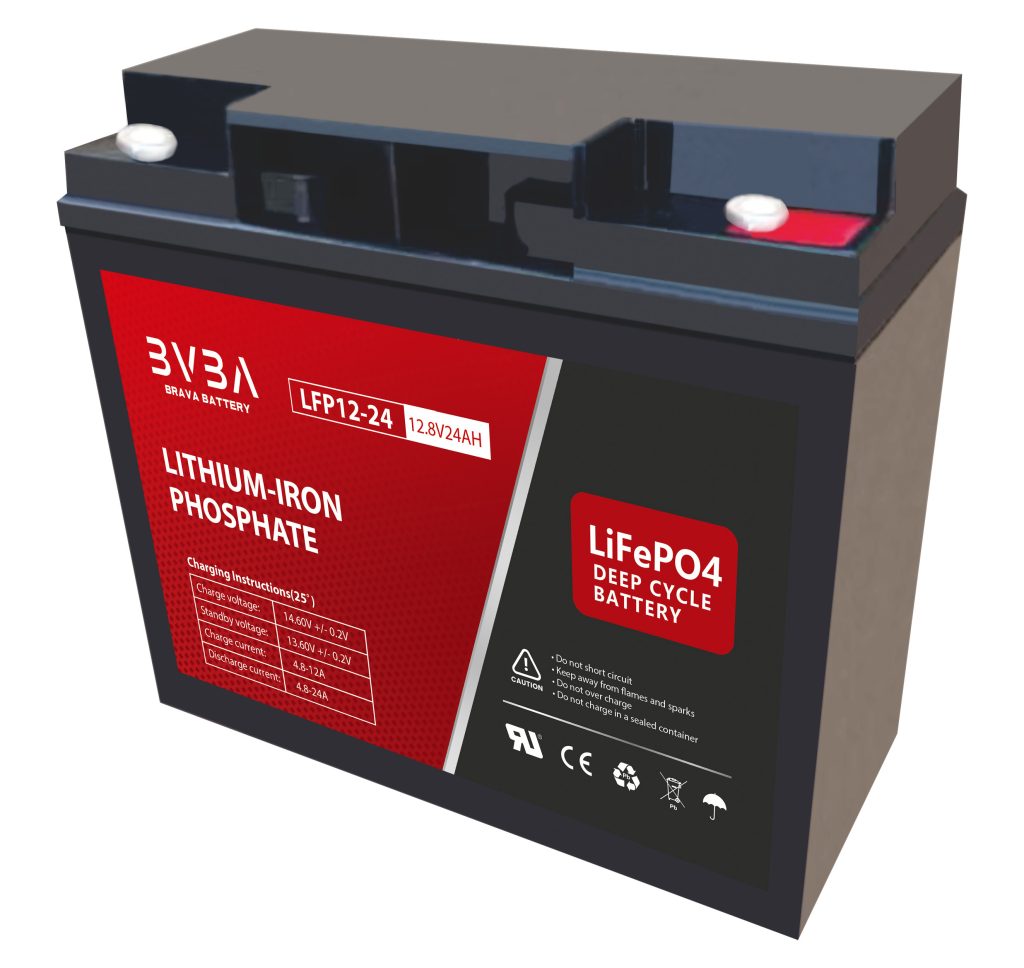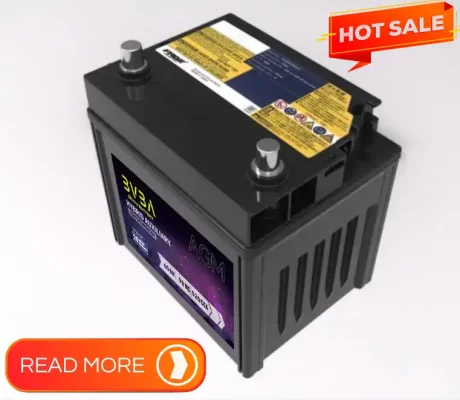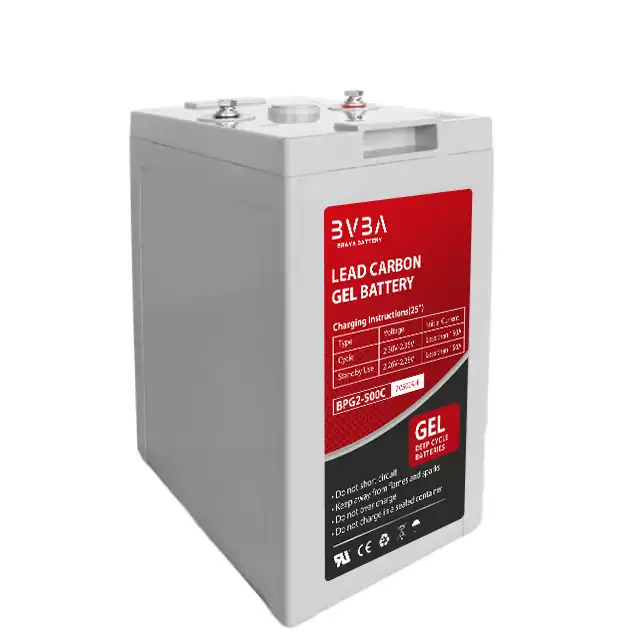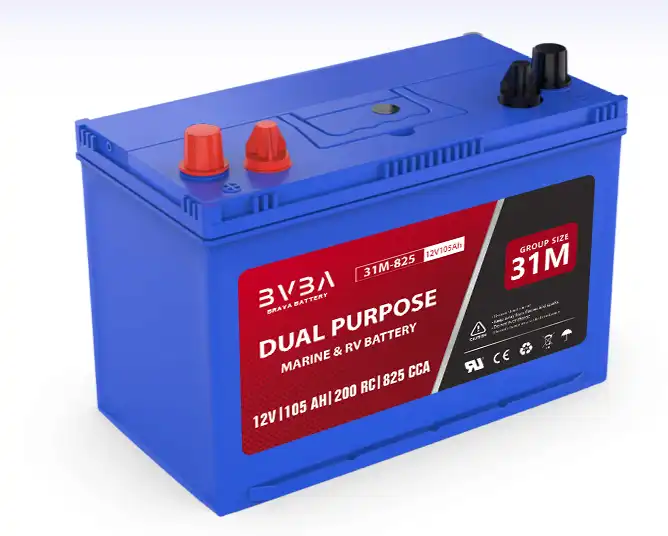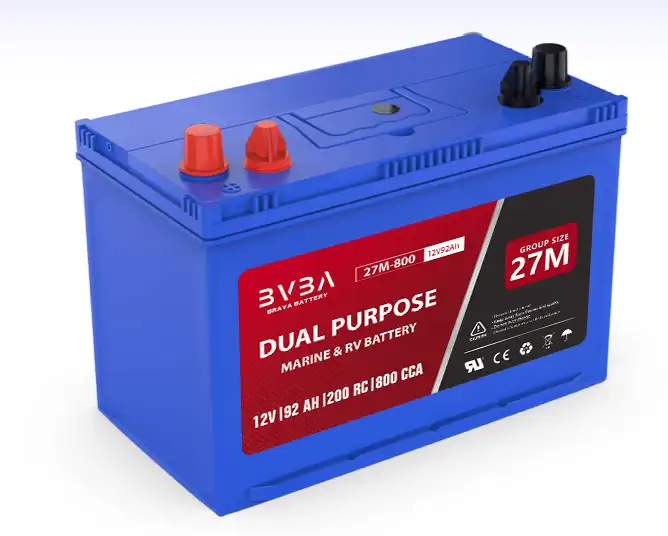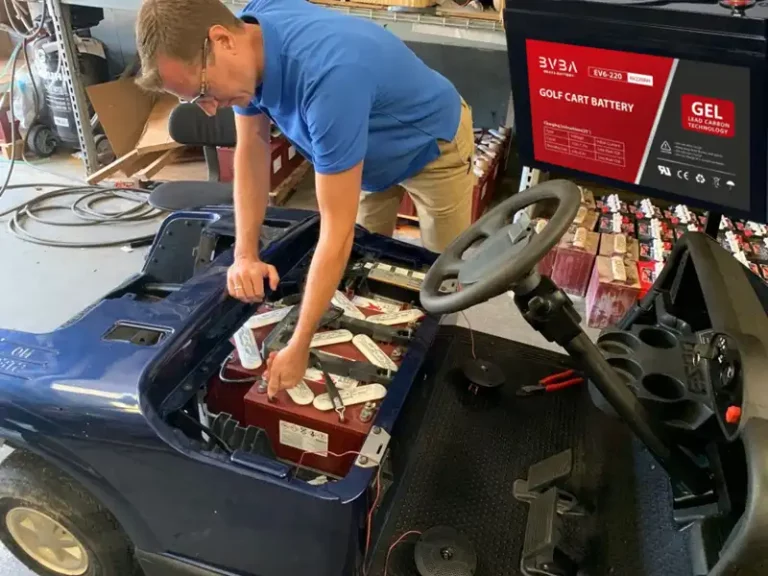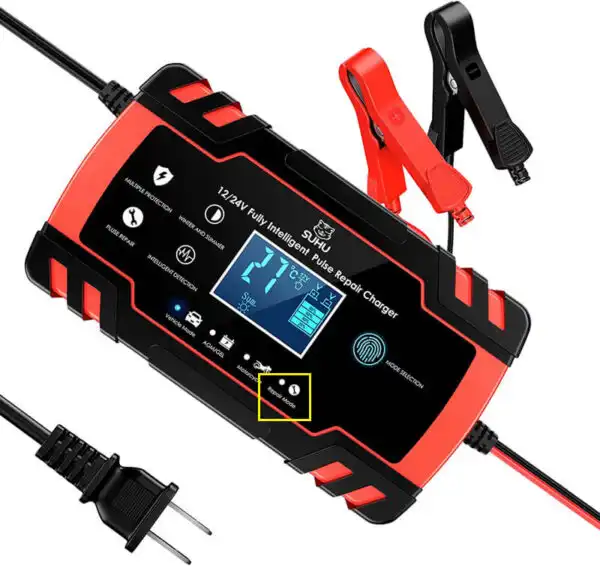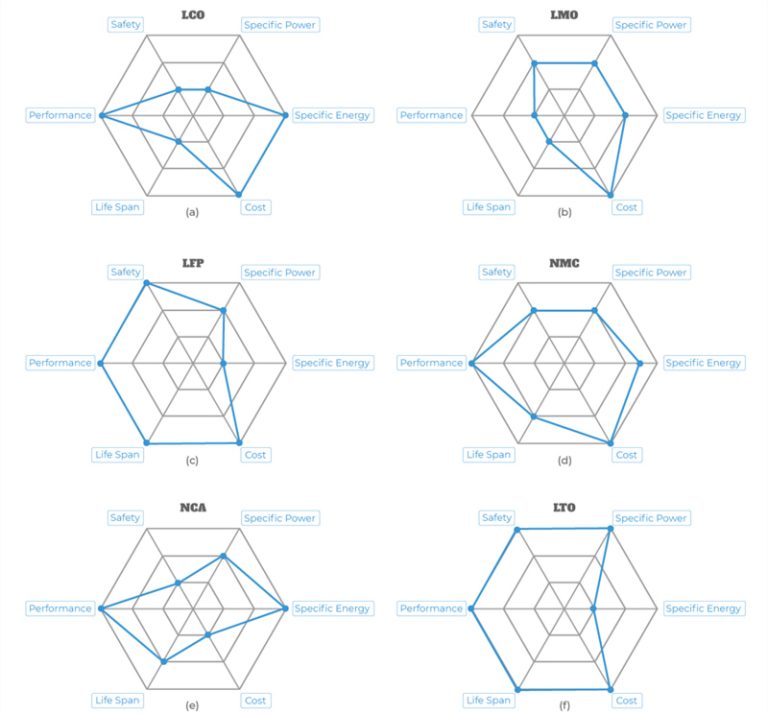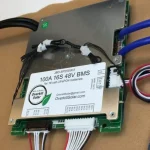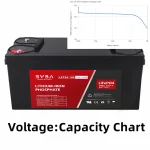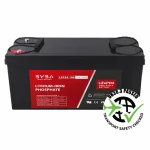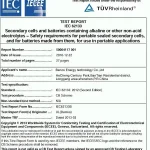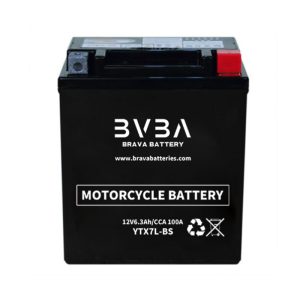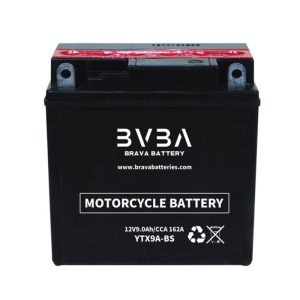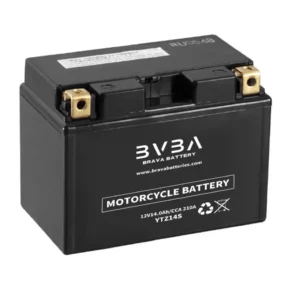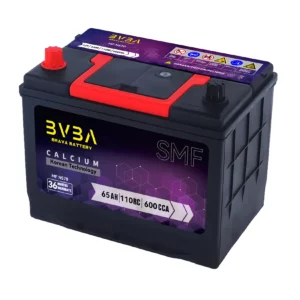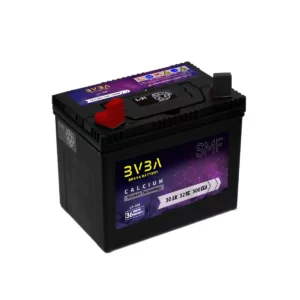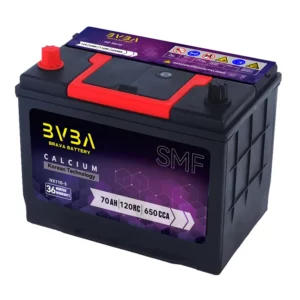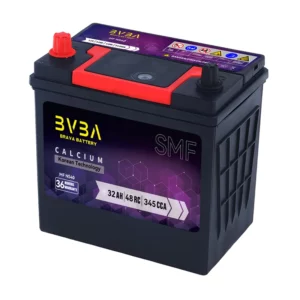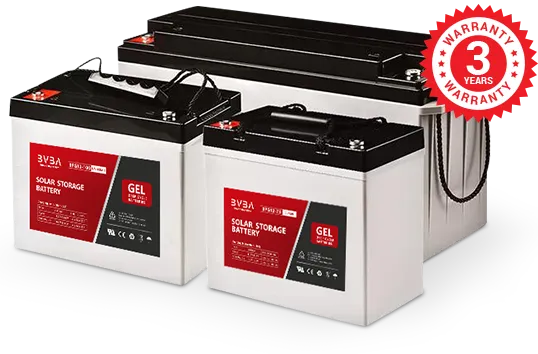How to Properly Charge LiFePO4 battery?
The Charge Voltage
The nominal voltage of one single LiFePO4 battery cell is 3.2V, and the charge voltage range is 3.50-3.65V. Note that the charge voltage cannot be higher than 3.65V, as lithium battery cells are sensitive to over voltage and over current.
Over-voltage can easily cause degradation of the battery cells and performance, inflation, and even damage.
For the 12.8V MonoBlock Battery, the recommended charge voltage is 14.4V. If the charger’s output is not adjustable, or not that accurate, 14.0V-14.6V is fine.
For different voltages of LiFePO4 battery packs or systems, please refer to the following table.
| Best Charge Voltage | Charge Voltage Range | |
| 12V | 14.4V | 14.0V~14.6V |
| 24V | 28.8V | 28.0V~29.2V |
| 36V | 43.2V | 42.0V~43.8V |
| 48V(15S) | 54.0V | 52.5V~54.7V |
| 48V(16S) | 57.6V | 56.0V~58.4V |
Unlike lead-acid batteries, they need to be fully charged every day to keep the active material from sulfation. LiFePO4 battery does not need to be fully charged, so trickle charge and float charge are not necessary.
LiFePO4 batteries only require two stages of charge, including constant current charge and constant voltage charge, which is also called bulk charge and absorption charge.
The best discharge range for LiFePO4 is 10%-90% SOC, and since the current cycle life of LiFePO4 cells reaches 6000 cycles, 5% SOC-95% is actually good enough.
Can my existing charger charge LiFePO4 batteries?
Below are a few easy steps to check if your existing charger can charge LiFePO4 batteries.
First, check if there is a repair or desulfuration function. This function generally uses a high pulse surge current.
Extreme large instant surge current will cause the LiFePO4 battery BMS to damage, or even the internal cells to inflation and damage, do not use it. Please leave it alone.
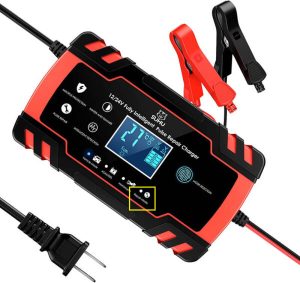
Second, check if there is a battery voltage detection function.
The LiFePO4 battery’s voltage is detected as 0V after the discharge protection is triggered. So the charger will not charge this battery at all. Try to turn off this function, or change to another charger without battery voltage detection, but charge the battery directly.
Third, check the charger if it is in good condition, and insulated.
Check the manual or instructions to clarify the output voltage and max current. However, many chargers do not clearly indicate the exact output voltage, only a simple 12V or 48V, etc… In this case, we will need a voltmeter to measure it.
LiFePO4 Battery Charge in different scenarios
AC to DC Charger
This part is similar to the above existing chargers mentioned.
Besides of the direct battery charger, there are also chargers that connect to low-speed vehicles or machinery. Such as golf carts, sightseeing carts, patrol cars, cleaning machines, electric bikes, and other types of equipment.
There is not much difference, only the connector will be in a different standard.
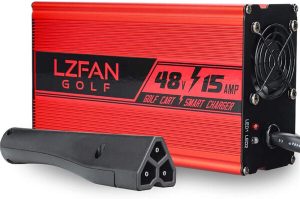
Same steps, check if there is repair or desulfuration function, check if it has battery voltage detection function, check if it is in good conditions and insulated, check the max output voltage and current.
Solar Systems, Charge Controller
The original charge controller is similar to a lead-acid battery charger, generally designed for a 3-step charge process, constant current, constant voltage, and float charge.
LiFePO4 battery requires only 2 steps, charge voltage is recommended to be set to 14.40V (3.60V per cell).
If you have to set float voltage, please set it to 13.60V (3.40V per cell). Please refer to the table below for recommended voltages and ranges:
| Best Charge Voltage | Float Charge Voltage | |
| 12V | 14.4V | 13.6V |
| 24V | 28.8V | 27.2V |
| 36V | 43.2V | 40.8V |
| 48V(15S) | 54.0V | 51.0V |
| 48V(16S) | 57.6V | 54.4V |
Altenator to Charge
Altenator is able to charge LiFePO4 battery. But unlike lead-acid batteries, LiFePO4 battery has a very small internal resistance, which can draw too high the charge current and make the alternator overheated, smoke, and even burn.
You would need to add a DC to DC converter to limit the current.
Additionally, when a LiFePO4 battery reaches charge protection voltage, the BMS will close the circuit and creates a high voltage spike. This is also harmful to the battery.
For more details, please check out the following video from Victron:
LiFePO4 Battery Charge in Parallel
Take care of the charge current.
For example, if 2 units of 12.8V100Ah batteries are connected in parallel, the max charge current of one single battery is 50A.
If charging at 50A, then both the two batteries will be fully charged.
If charging at 100A, one of the batteries will be fully charged first. Then this battery will close the circuit because it reaches the charge voltage protection.
In this case, the 100A charge current will be put directly on the other circuit, which will cause the other battery to be disconnected due to charge over current. And the second battery is possibly not fully charged.
The recommended charge current should be lower than the charge limit for one single battery, i.e. 50A. In this case, even if one battery is disconnected, the other battery can continue to charge.
The same advice applies to discharge.
The BAD and BEST connections
Since the internal resistance of the LiFePO4 battery is extremely small, less than 20 mΩ, the resistance of the cables will affect the total resistance of each circuit. The higher the resistance, the lower the current.
Therefore, we need to ensure that the resistance of each individual circuit connected in parallel is similar.
- Make sure that all cables and connectors are of the same length and size to ensure the internal connections are of the same resistance.
- As shown in the figure, the connection shown in BAD, the positive and negative terminals of the charge side are on the same battery. This connection results in the biggest difference in circuit resistance and therefore the biggest difference in current, not recommended.
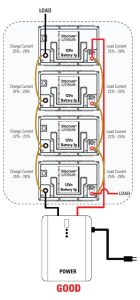
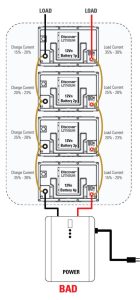
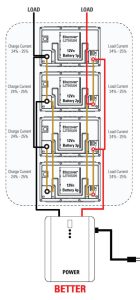
In the “Good” connection, the circuits are similar in resistance, either charge or discharge. It chooses positive and negative terminals from the different sides of the battery.
This way, each circuit goes through 3 cables with similar resistance values. The current is similar. It is recommended to use this connection for parallel connection of up to 4 batteries, more batteries in parallel will increase the current difference.
The “BETTER” connection, more complicated, basically ensures that all currents are equal. But only working for an even number of batteries connected in parallel.
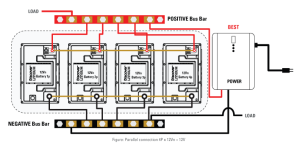
The “BEST” connection, using the BUSBAR. The resistance of the BUSBAR is very small, but again, the two terminals of the CHARGE are selected with two different ends of the Busbar.
Charge in Series
Before connecting each battery in series, make sure the voltage difference is within 50mV, i.e. 0.05V.
One of the batteries in a series circuit will cut off the entire circuit when it reaches the protection voltage, so it is important to equalize the batteries.
Regular balancing between batteries is important. Just like lead-acid batteries, balancing enables the batteries to work at better performance and longer lifetime. It is recommended to do the balance once in a few months.
LiFePO4 Battery Meter
Battery meter can directly display the battery voltage, current, SOC, and other status. So that you can know the battery working conditions directly.
External Battery Meter and internal Battery Meter
Some batteries are built with internal current detection devices and the figures can be output to an external LCD.
For those batteries without an internal current sampler, an external battery meter is also an option.
The difference between current meter and voltage meter
The voltage-based battery meter does not really work for LiFePO4 batteries, because its discharge curve is too flat, at 3.2V/Cell most of the time.
Current and time-based battery meter can accurately calculate the amount of energy discharged and charged. As long as the benchmark is set, the SOC display will be accurate after that.
LiFePO4 Charge below 0℃
Self-heating battery is heating up the cells pack by the internal heating film, making it reach above 5℃. Then it will be fine for charging.
Generally, the energy source required to heat the battery is set to be from the charge current. For some special applications, it can also be set to be from the battery.
LiFePO4 Battery Storage
It is best to store LiFePO4 battery at around 50% SOC. If there is a battery switch, it is recommended to turn off the charge/discharge switch to avoid accidental short circuit.
LiFePO4 Battery Conclusion
- * For 12V LiFePO4 battery, the recommended charge voltage is 14.4V, 14.0~14.6V charger is also accepted. 24V, 36V, 48V batteries or systems are multiplied by 2,3,4 times. That is 28.8V(28.0V~29.2V), 43.2V(42.0V~43.8V), 57.6V(56.0V~58.4V).
- * For existing chargers, check whether there is a repair (desulfuration) function, check whether there is a battery voltage detection function, if either is available, it can NOT be used.
- Check if the existing charger is in good condition and insulated, check the max output voltage and current, and if they are within the recommended and allowed range of the battery, it is OK to use.
- * If connected in parallel, ensure that all internal cables and connectors are the same and avoid “BAD” connection.
- * If connected in series, it is quite important to keep the batteries balanced.
Go to the product: LFT12-100
Tag in this article: #LiFePO4 Battery
Tips: more detail information, for deep cycle LiFePO4 battery。

